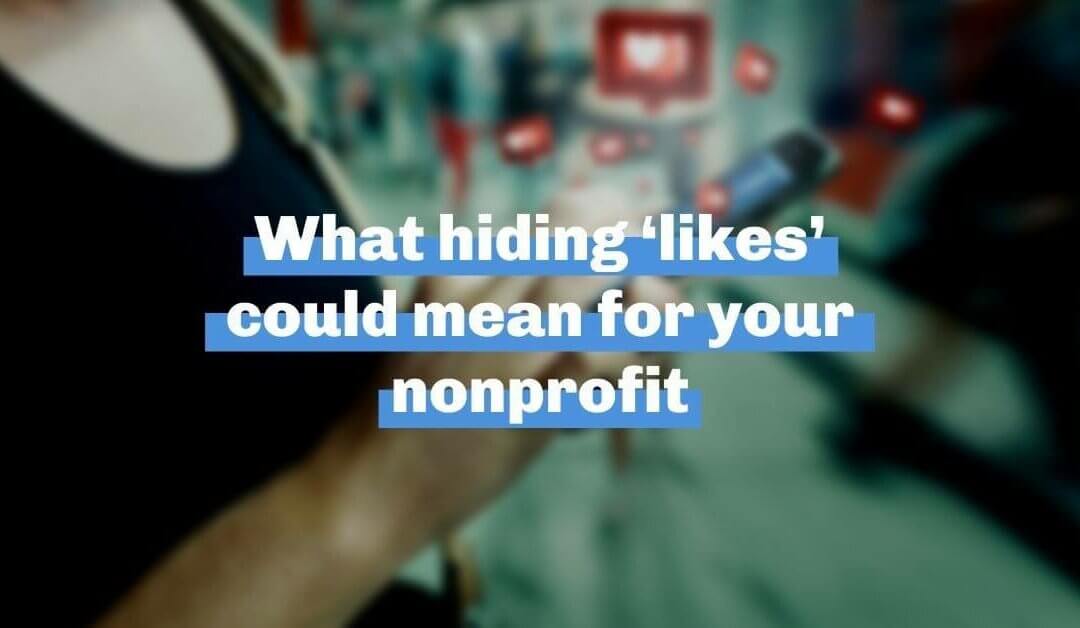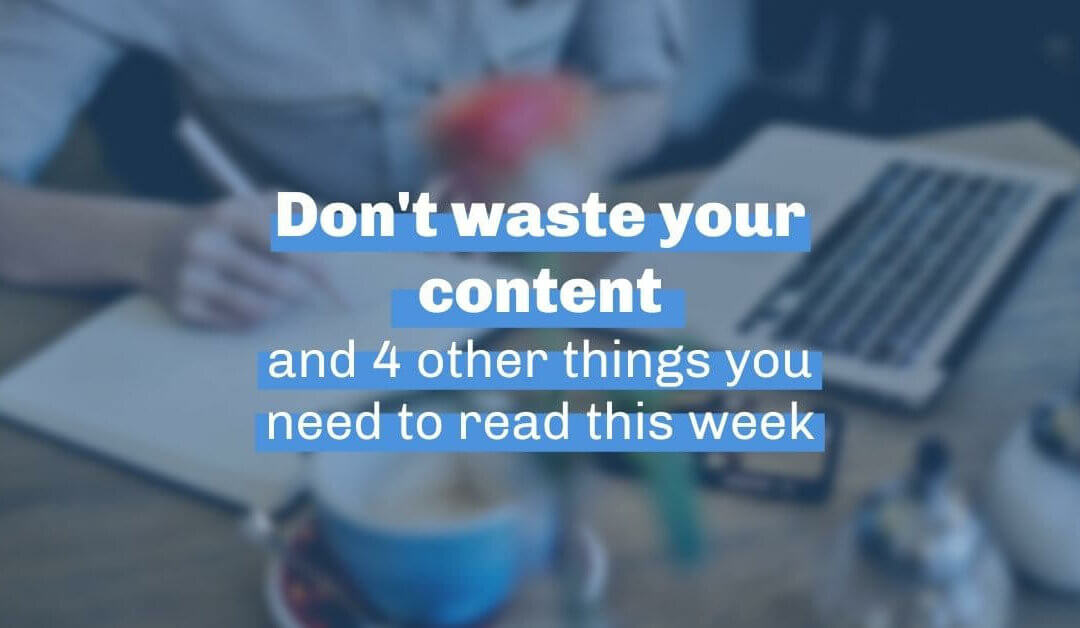
What hiding ‘likes’ could mean for your nonprofit

What’s new on Instagram and Facebook
Last month, Instagram announced that they are rolling out a feature that gives users the option to hide their public ‘like’ counts on all posts in their feeds. Put simply, users can now prevent others from seeing likes on their posts—and also choose not to see how many likes other people’s posts are getting.
Despite a lack of rigorous research on social media and mental health, the company decided to let users opt-in or out of hiding likes after testing the feature in small groups for the last couple of years. They also announced that the feature would be heading to Facebook in the coming weeks.
This change might come as a relief for users who feel the stress of comparison that ‘likes’ often produce and may now find more joy in their favorite platforms. In recent years, Instagram and Facebook have been the center of discourse about the relationship between the toxicity of social media, mental health, and body image.
But for brands, influencers, and nonprofits who use their platforms to connect with their audience and promote their work, removing ‘likes’ may disrupt what it means to be successful on social media.
But why?
In a recent blog post, the company wrote that the new option is part of an effort to offer users more control of their experience on Instagram and Facebook. “We tested hiding like counts to see if it might depressurize people’s experience on Instagram,” the company wrote. “What we heard from people and experts was that not seeing like counts was beneficial for some and annoying to others, particularly because people use like counts to get a sense for what’s trending or popular, so we’re giving you the choice.”
In addition to the flexible ‘like’ options, Instagram also announced new inclusion and safety updates, including a new feature to filter abusive DMs and a Diversity team to address the needs of Black users. Facebook will also offer new ways for users to control what they see on their newsfeed, including Feed Filter Bar, Favorites Feed, and Choose Who Can Comment. Additionally, Facebook will fund more external research about users’ experiences on Instagram and is requesting research proposals from academics and nonprofits. Both platforms have faced criticism for failing to crack down on hate speech in the past, and these features are an opportunity to both course-correct and set a new conduct standard.
The jury is out on the social impact of these decisions and how they might help eliminate social media toxicity at a high level. But they’re likely to improve the in-app experience on an individual basis and perhaps win back users who were pulling away from socials to protect their mental health and well-being.
So what comes next?
So what might these changes mean for businesses and nonprofits? Undoubtedly, Facebook and Instagram geared these updates toward everyday users instead of brands and organizations. However, they still offer an exciting opportunity for professional accounts to experiment with their content. A more laid-back and less toxic user experience could mean that your followers feel more comfortable on Instagram and Facebook and spend more time there—which would mean more eyes on your content. By hiding likes from your audience, your organization can post what feels authentic to your mission without conforming to the pressure of the algorithm or the trending page. Plus, your audience can form an opinion on your post based on your content instead of how popular it appears to be. Finally, breaking away from traditional success metrics could mean opportunities for innovation, risk-taking, and connecting with people who are truly aligned with your mission, not just seeking prestige.
Although there’s good reason to be optimistic, nonprofit marketers should still be prepared to make some shifts in light of some users ditching likes. While you’ll still have insight into your own analytics, users may no longer see who else is engaging with your content—removing the element of peer pressure that has long been a driver on social media.
It will take time for marketers—and their audiences—to adjust to a new experience on Instagram and Facebook. But by staying true to your audience and creating content that consistently speaks to your mission, nonprofit marketers can make the most of the changes as they continue to roll out.

